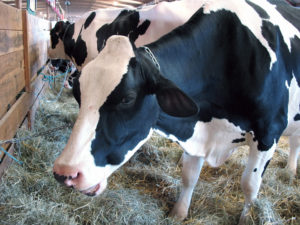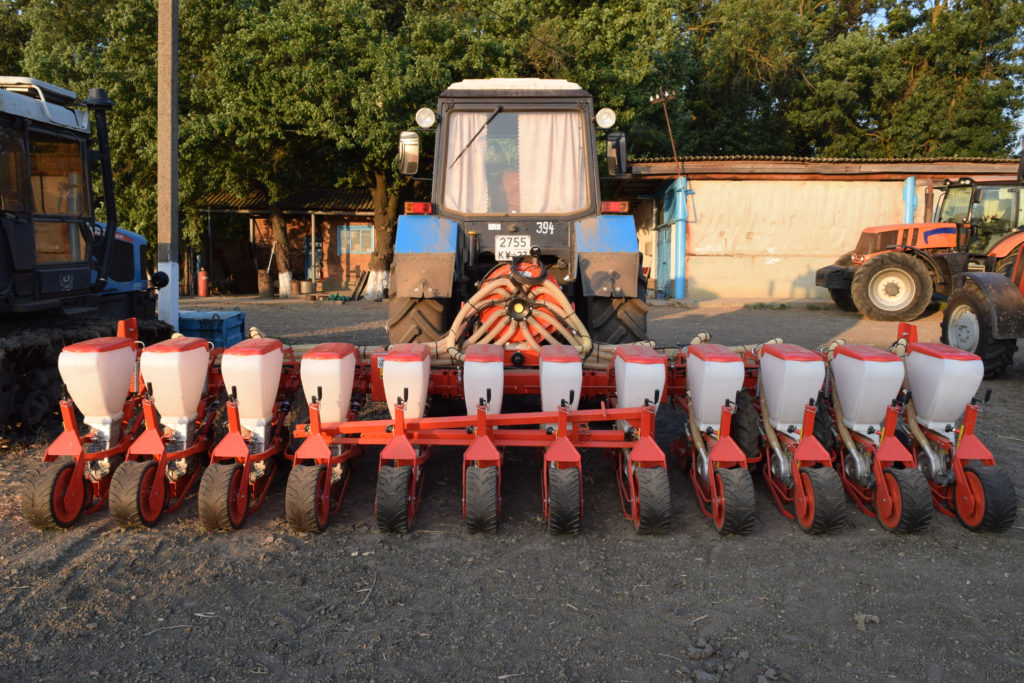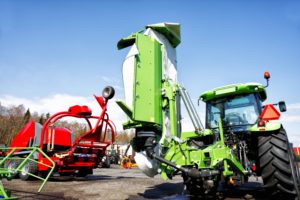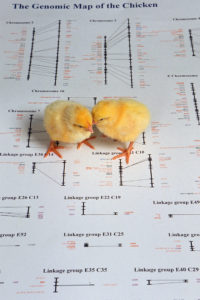When running a dairy farm, milk production is the main source of farm revenue, and so the dairy farmer will try to maximize the quality and quantity of milk produced by the herd. Dairy farming has a unique set of equipment requirements as compared to other types of animal farms focused on raising livestock for consumption. The milking setup and equipment can have a major effect on the efficiency and quality of the milking process.
There are several levels of complexity when it comes to milking equipment. The least complicated is hand milking, which is not really viable for a commercial farm in today’s day and age. As we go from less complicated to more complicated milking equipment setups, we see a whole range of setups starting at the simplest labor intensive vacuum assisted setups all the way to completely automated robotic milking stations.
Fully automatic milking systems are somewhat popular in Europe but remain much less popular in Canada. The majority of dairy farms in the Canadian market continue to use more traditional, cost-effective and easily maintained equipment.
A typical milking machine extracts milk from the cow’s udder by vacuum. They are designed to apply a constant vacuum to the end of the teat to extract the milk, transfer it to a container, and maintain blood circulation with a regular squeeze.
A milking machine installation consists of a system of pipes connecting the various vessels and other components through which air and milk flow. The system operates by vacuum, and therefore requires forces to be applied to function. Atmospheric pressure forces air, and intra-mammary milk pressure forces milk, into the system. The combination of these forces causes flow. To work continuously, air and milk must be removed from the system at appropriate rates. The air is removed with a vacuum pump and the milk is removed by a milk pump.

The right milking equipment can help raise efficiency and keep dairy cattle in top shape.
The cost to build a milking parlor (milking facility) with equipment can range anywhere from $30,000.00 on the low end upwards of $300,000.00 for large and complex installations. Milking equipment costs can be substantial, and it’s important to take advantage of all sources of funding available to your farm. Whatever you decide: Buying new or used equipment will be a key to your on-farm success. Start or expand your farming business now: the Canadian Grants Business Center can help.




